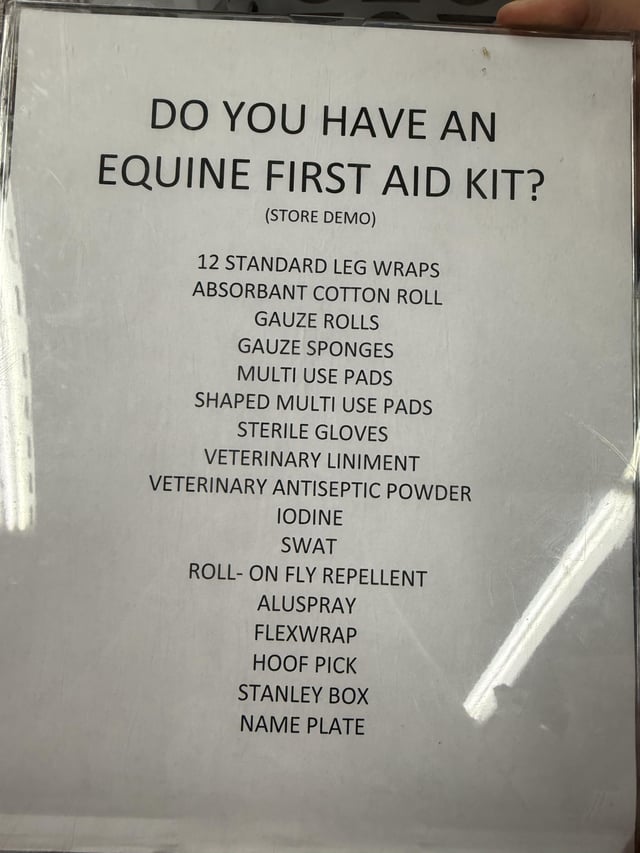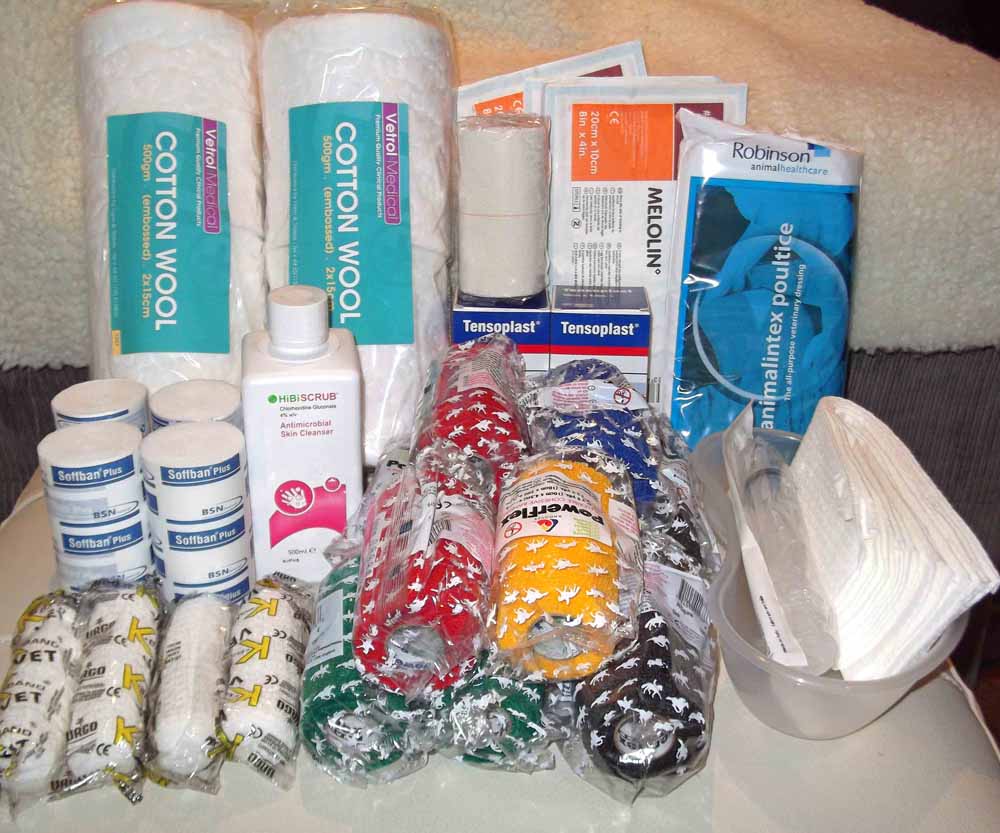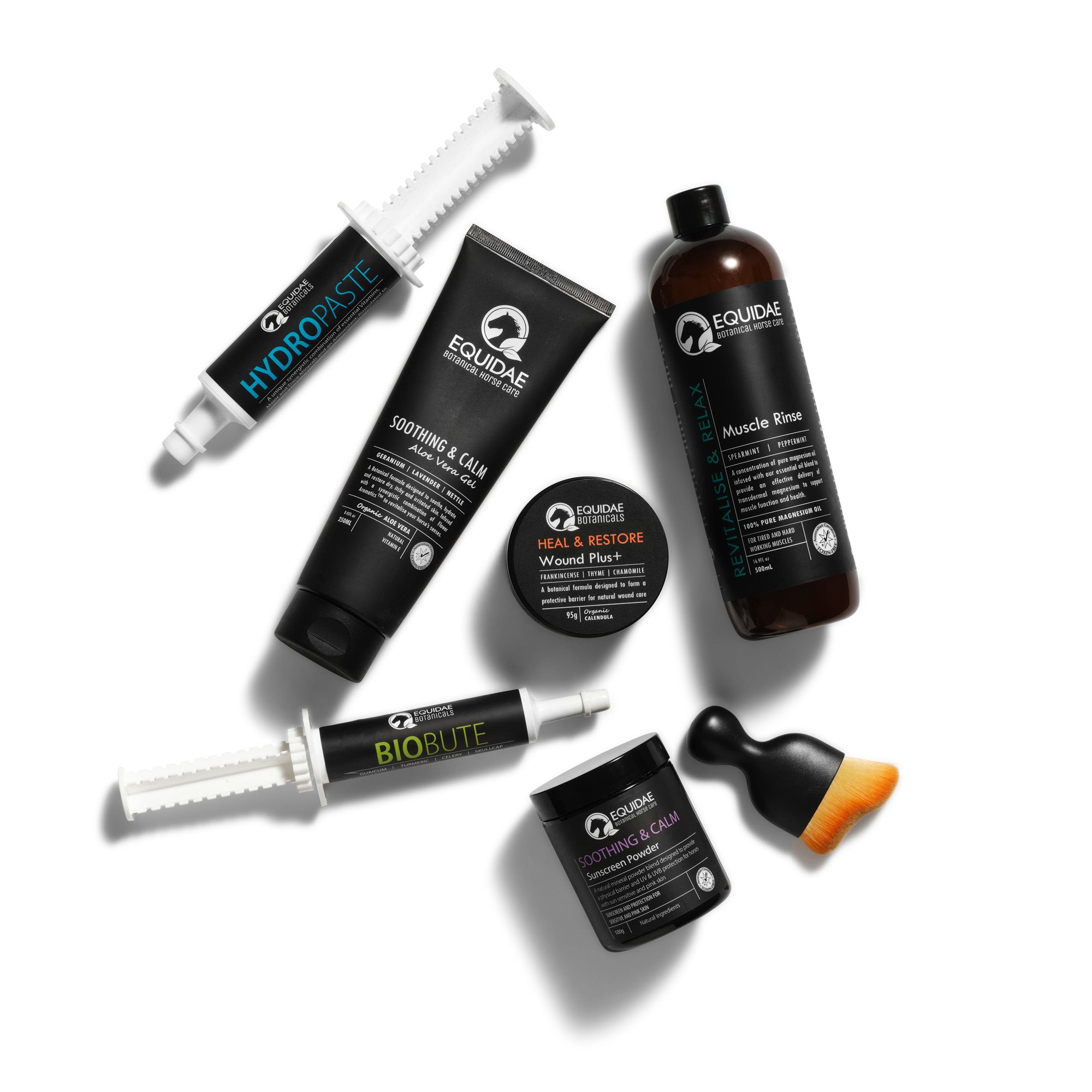Equine First Aid: Building Confidence in Emergencies for Your Horse

Caring for a horse involves more than just daily feeding and grooming; being prepared for emergencies is crucial. Equine first aid equips horse owners with the knowledge and skills to respond promptly and effectively to injuries or sudden illnesses, potentially saving your horse’s life.
Why Equine First Aid is Essential

Horses are large, powerful animals that can be prone to accidents and health issues. Immediate and appropriate first aid can prevent minor problems from escalating into serious conditions. Understanding basic first aid builds confidence, reduces panic during emergencies, and improves outcomes.
Key Components of Equine First Aid
| Component | Description |
|---|---|
| Assessment | Quickly evaluate the horse’s condition, including vital signs like pulse, respiration, and temperature. |
| Wound Care | Clean and dress wounds to prevent infection and promote healing. |
| Bandaging | Proper techniques to immobilize injuries and protect wounds. |
| Emergency Procedures | Handling colic, choke, or severe bleeding until veterinary help arrives. |
| Transport Preparation | Safely preparing the horse for transport to a veterinary clinic if needed. |
Building Your Equine First Aid Kit
A well-stocked first aid kit is vital. Essentials include:
- Sterile gauze and bandages
- Antiseptic solutions
- Scissors and tweezers
- Thermometer
- Latex gloves
- Hoof pick
- Cold packs
- Emergency contact numbers
Step-by-Step Guide to Handling Common Emergencies
- Assess the Situation: Ensure your safety and the horse’s safety first.
- Check Vital Signs: Pulse, respiration rate, mucous membrane color.
- Control Bleeding: Apply pressure and bandage wounds.
- Manage Shock: Keep the horse calm and warm.
- Call the Vet: Provide detailed information about the horse’s condition.
Frequently Asked Questions (FAQ)
Q1: How often should I update my first aid kit?
A1: Check your kit monthly and replace expired or used items promptly.
Q2: Can I treat colic at home?
A2: Mild colic symptoms can be monitored, but always consult a vet for proper diagnosis and treatment.
Q3: What are the signs of a serious injury?
A3: Severe bleeding, inability to stand, labored breathing, or unconsciousness require immediate veterinary attention.
Conclusion
Building confidence in equine first aid empowers you to act decisively during emergencies, ensuring your horse receives timely care. Regular training and preparedness can make all the difference in your horse’s health and safety.
Would you like me to help enhance the tone to be more conversational, add more detailed emergency scenarios, or include a checklist for first aid training?
